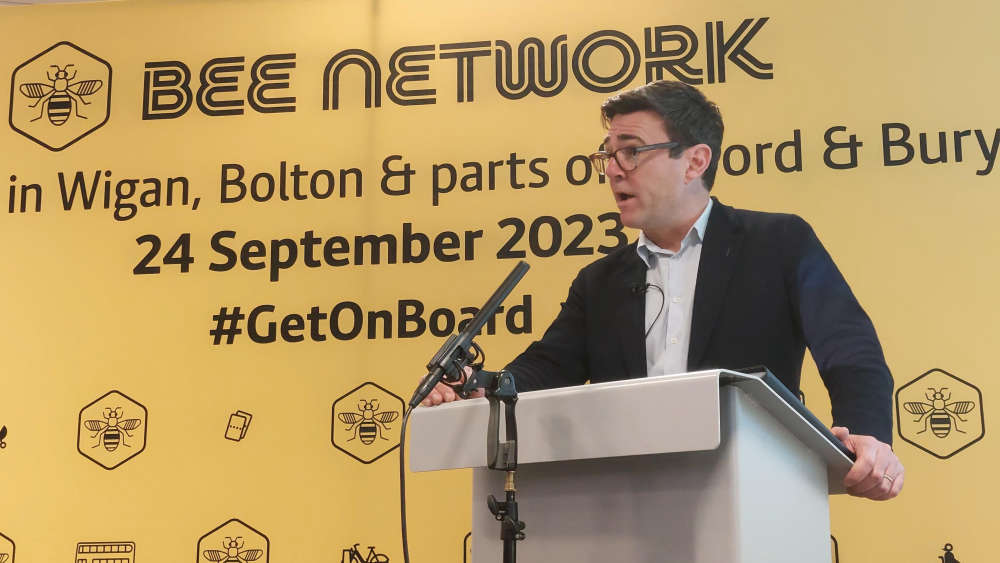
Andy Burnham launched his latest transport mega-project earlier this week — he wants to run some Greater Manchester railways.
The mayor has long talked about taking commuter rail lines into ‘public control’, in a similar fashion to buses, making the policy a manifesto pledge in his re-election campaign last year.
His ambitions became concrete on Tuesday when the Labour mayor set out the timetable for ‘integrating’ the region’s railways. He also confirmed where Bee Network trains will run, and even shared a mock-up of what carriages will look like.
What’s the big idea?
The simple idea of taking over local trains is to give Greater Manchester one, seamless public transport system. Ultimately, officials want passengers to use different modes of travel to get around, but only pay one fare.
They will do that by using a contactless card to ‘touch in’ and ‘touch out’ on card readers at tram and railway stations, and onboard buses. This ‘integrated ticketing’ system will be introduced for buses and trams on March 16, but final details for how it will operate on trains – including how passengers who commute in from outside Greater Manchester to the city-region will pay – are still being worked on.
Alongside promising ‘integrated ticketing’ and simpler fares, the Bee Network is eyeing up modernising stations and building two new stops in Golborne and Cheadle.
By making it simpler, the mayor and transport chiefs hope more people will use public transport, ditching the car. With that comes the promise of less congestion and cleaner air for everybody.
Why are they doing this?
The mayor believes ‘our rail system today is acting as a brake on growth’, and sees transforming how Greater Mancunians move around as key to economic growth and building new homes.
He said on Tuesday: “Greater Manchester deserves better. We need a railway that is reliable and fully integrated with the rest of the Bee Network to drive growth and deliver new homes with public transport connections on the doorstep.”
The mayor is said to be buoyed by ‘the success of bringing our buses back under local control’, which was completed on January 5, although some teething problems were reported, meaning rail integration will follow a similar pattern to bus franchising.
When will work start?
Work is expected to start on January 31, when the mayor and ten council leaders should approve the project’s first funding package.
Additionally, Transport for Greater Manchester (TfGM) has listed several target dates for integrating railway lines. These are ‘if all goes to plan’ dates, not final deadlines, as the rail industry and government need to sign up to the plans.
Its first phase, set for December 2026, includes lines from Manchester Piccadilly to Hadfield, Glossop, and Rose Hill Marple. Phase one will also take over the Manchester Victoria to Stalybridge route.
The second phase, eyed for December 2027, includes the Piccadilly-Airport line, Piccadilly-Cheadle Hulme route, and Piccadilly-Middlewood track.
The final phase, earmarked for March to December 2028, is the largest. It will see Bee Network trains run from every city centre station to Appley Bridge, Wigan North Western, Hindley, and Rochdale.
Where will new trains serve?
Initially, eight railway lines will be ‘integrated’ into the Bee Network. They will include 64 stations, and are set to be completed by 2028:
- Rochdale-Manchester stopping services
- Ashton-under-Lyne and Stalybridge
- Glossop, Hadfield, and Rose Hill Marple via Guide Bridge
- Alderley Edge and Buxton via Stockport
- Manchester-Manchester Airport stopping services
- Wigan via Golborne
- Wigan via Atherton (local trains continuing on to Southport)
- Wigan via Bolton (local trains continuing on to Southport)
After this, more lines and 32 stations will be integrated by 2030. However, TfGM said it won’t take direct ownership of stations.
How much will this cost?
The total infrastructure cost is estimated to be £114m up to the 2028/29 financial year. Officials have the cash, according to TfGM.
It will be paid for by the City Region Sustainable Transport Settlements (CRSTS) fund, provided by the Department for Transport. On January 31, Greater Manchester leaders are expected to approve using £34m of the city-region’s existing CRSTS budget for the work up to March 2027. Another £80m will be drawn from the CRSTS ‘by 2028’.


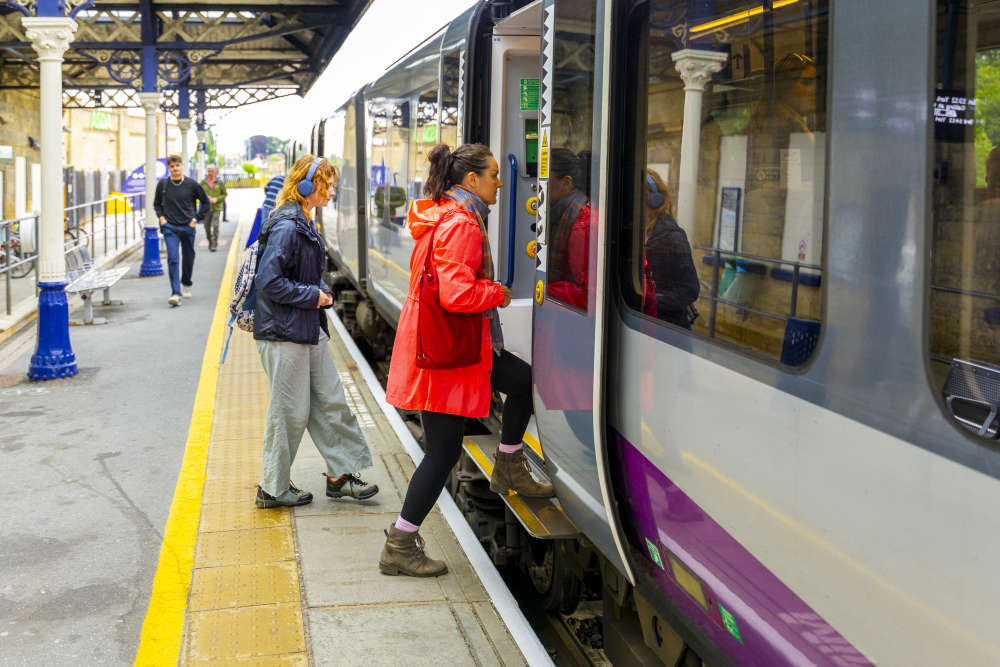 TransPennine Express steps in to keep passengers moving this Easter weekend
TransPennine Express steps in to keep passengers moving this Easter weekend
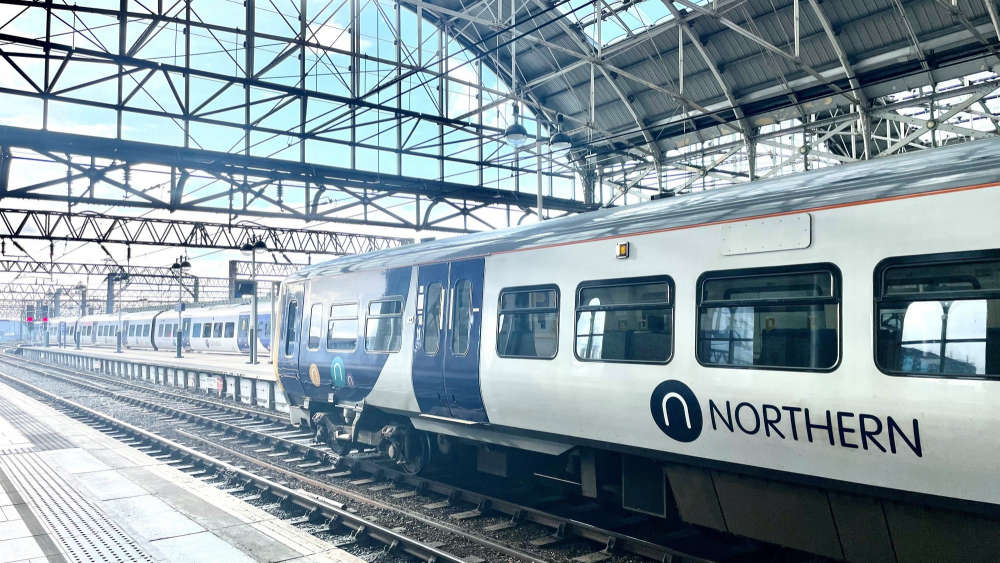 New Timetables For Trains Across The North In May
New Timetables For Trains Across The North In May
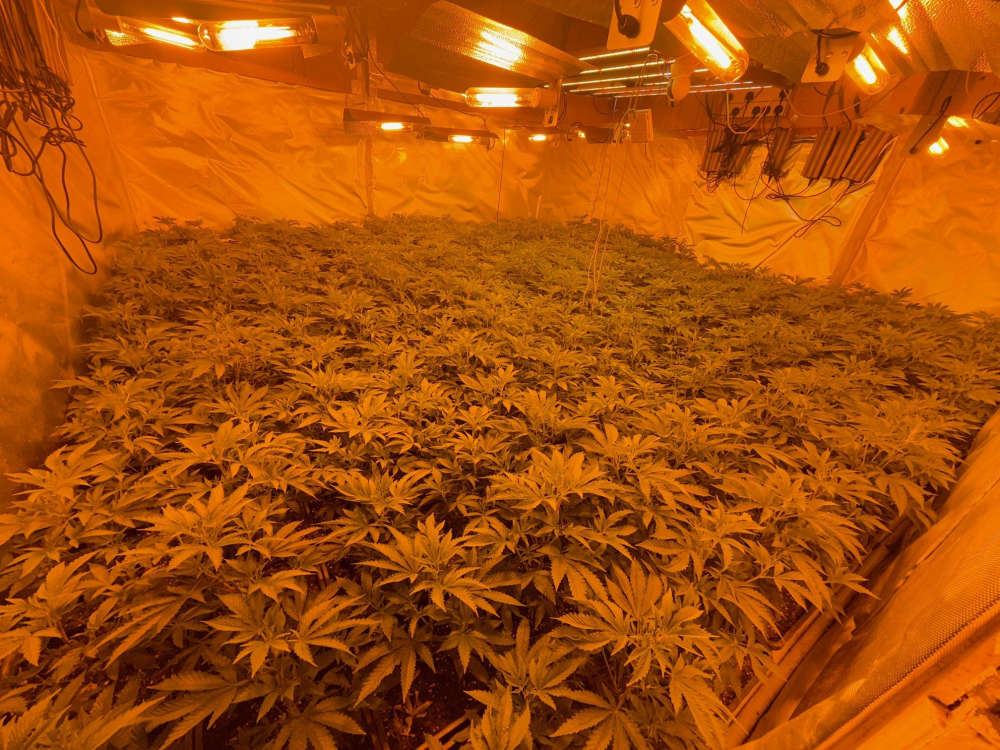 800 cannabis plants seized in Mossley
800 cannabis plants seized in Mossley
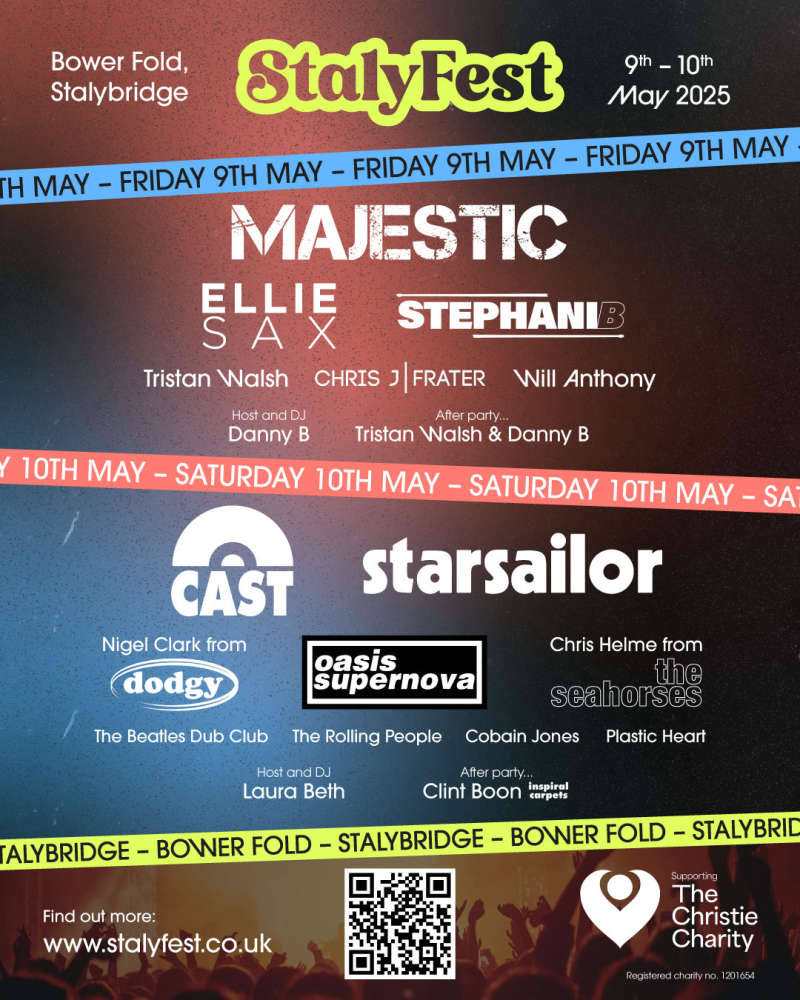 StalyFest takes over Bower Fold
StalyFest takes over Bower Fold



